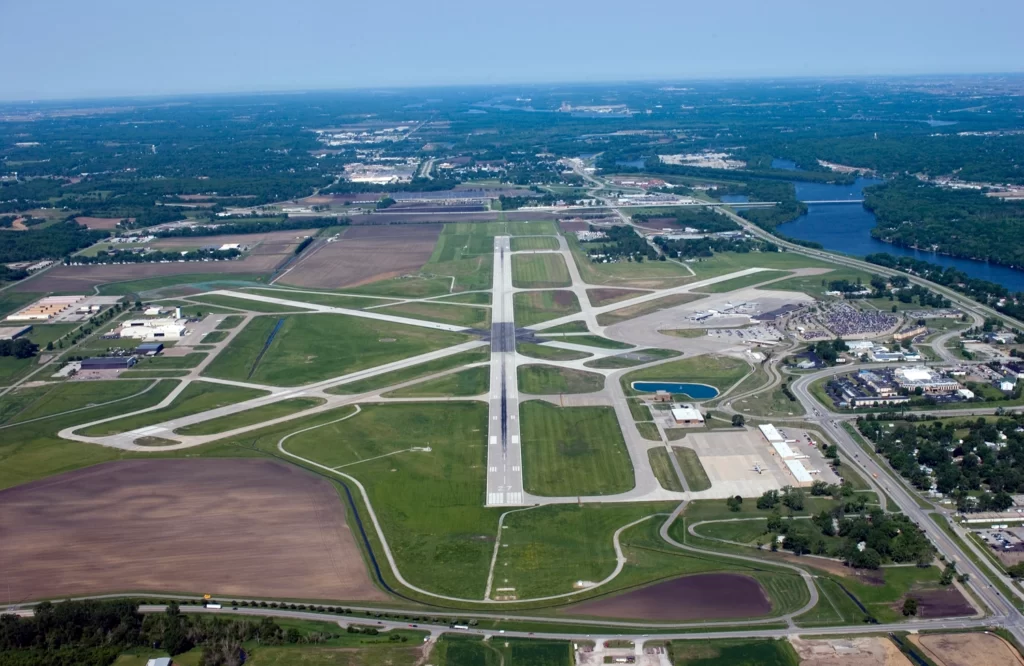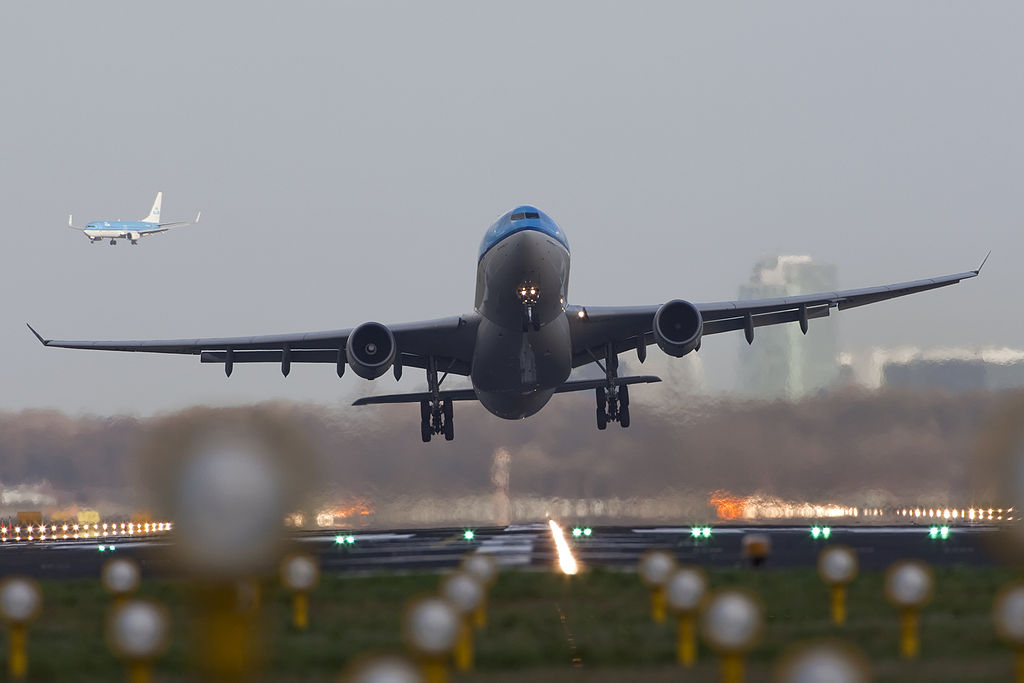
Introduction
When it comes to landing airplanes, the use of a straight runway holds significant importance for a variety of reasons. In this article, we will explore the various factors that contribute to the preference for straight runways during aircraft landings. From alignment with the runway centerline to reducing conflicts and ensuring safety, straight runways offer several advantages. Additionally, we will discuss how wind direction plays a crucial role in determining the choice of runway for takeoff and landing, emphasizing the benefits it brings to the overall landing process.
1. Alignment with Runway Centerline
One of the primary reasons why airplanes have to land on a straight runway is to ensure alignment with the runway centerline during the final approach. Pilots make necessary adjustments to their approach angle, especially when dealing with crosswinds, to maintain alignment. By appearing to land sideways, pilots compensate for the wind’s influence, allowing them to touch down precisely on the centerline of the runway. This alignment is crucial for the safe and efficient landing of the aircraft.

2. Reducing Conflicts
Compliance with the basic rectangular traffic pattern is essential to minimize conflicts, particularly at airports without an operating control tower. Heavier aircraft, such as jets, often fly wider and higher patterns compared to lighter airplanes. In many cases, they opt for a straight-in approach for landing to reduce the chances of conflicts with other aircraft. By following a specific traffic pattern, pilots can anticipate the movement of other planes in the vicinity, thereby enhancing safety and reducing the risk of mid-air collisions.

3. Safety Considerations
Many pilots prefer flying a rectangular traffic pattern instead of a straight-in approach due to safety considerations. The rectangular pattern enables pilots to maintain situational awareness, ensuring they have a clear view of other aircraft in the area. This awareness is crucial in avoiding potential conflicts and ensuring a smooth landing. By adhering to a predetermined pattern, pilots can effectively communicate their intentions to air traffic controllers and fellow pilots, further enhancing safety during the landing phase.
4. Wind Direction and Runway Selection
The direction of the wind plays a critical role in determining the runway to be used for takeoff and landing. Aircraft typically take off and land in the wind, a practice known as “headwind operations.” This approach offers several advantages. Firstly, it allows airplanes to require less thrust during takeoff, resulting in reduced fuel consumption and shorter takeoff distances. By landing into a headwind, the airframe experiences increased drag, enabling the aircraft to decelerate more quickly. This not only aids in reaching taxiing speeds faster but also reduces the strain on brakes, prolonging their lifespan. Additionally, landing in a headwind reduces the aircraft’s ground speed, facilitating a safer exit from the runway.

Conclusion
In conclusion, the preference for landing airplanes on a straight runway stems from various factors that contribute to safety, efficiency, and reducing conflicts during the landing process. Alignment with the runway centerline ensures precision landings, while adherence to the rectangular traffic pattern minimizes the chances of conflicts with other aircraft. Moreover, the consideration of wind direction in runway selection plays a vital role in optimizing fuel efficiency, enhancing deceleration, and ensuring a safer exit from the runway. By understanding the significance of straight runways and the factors that influence their usage, we can appreciate the measures taken to ensure smooth and secure landings for airplanes worldwide.

